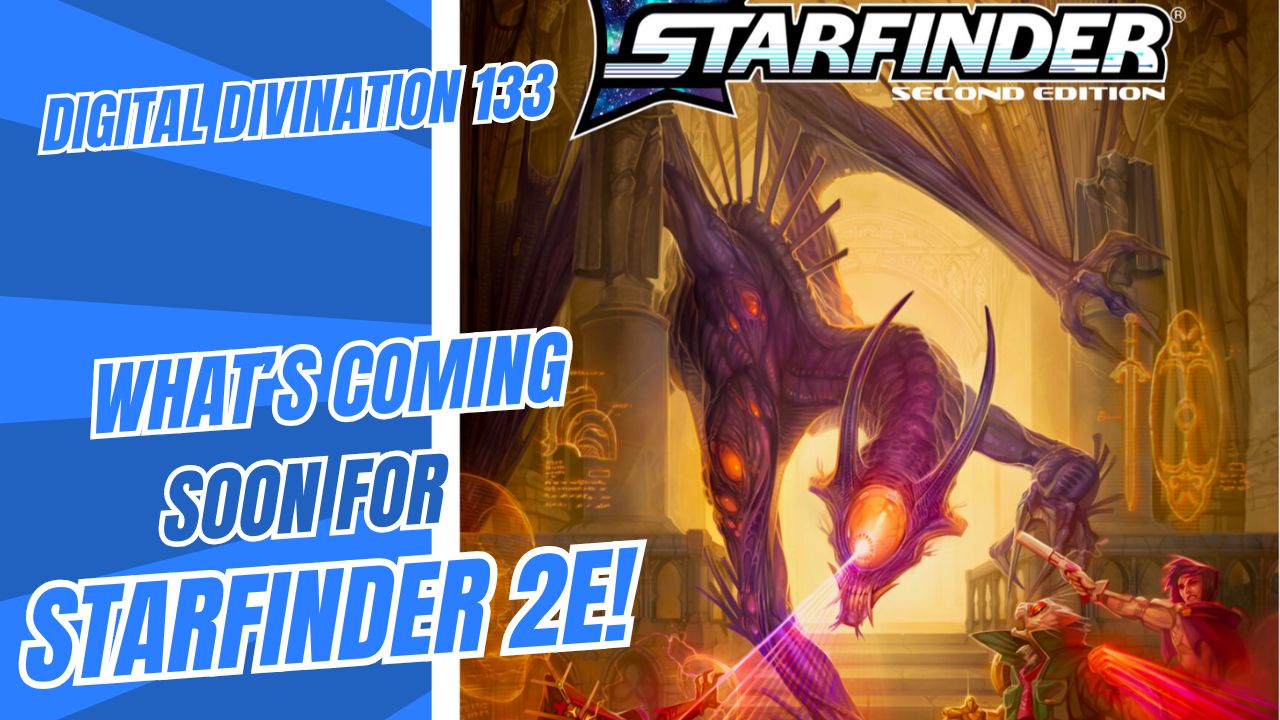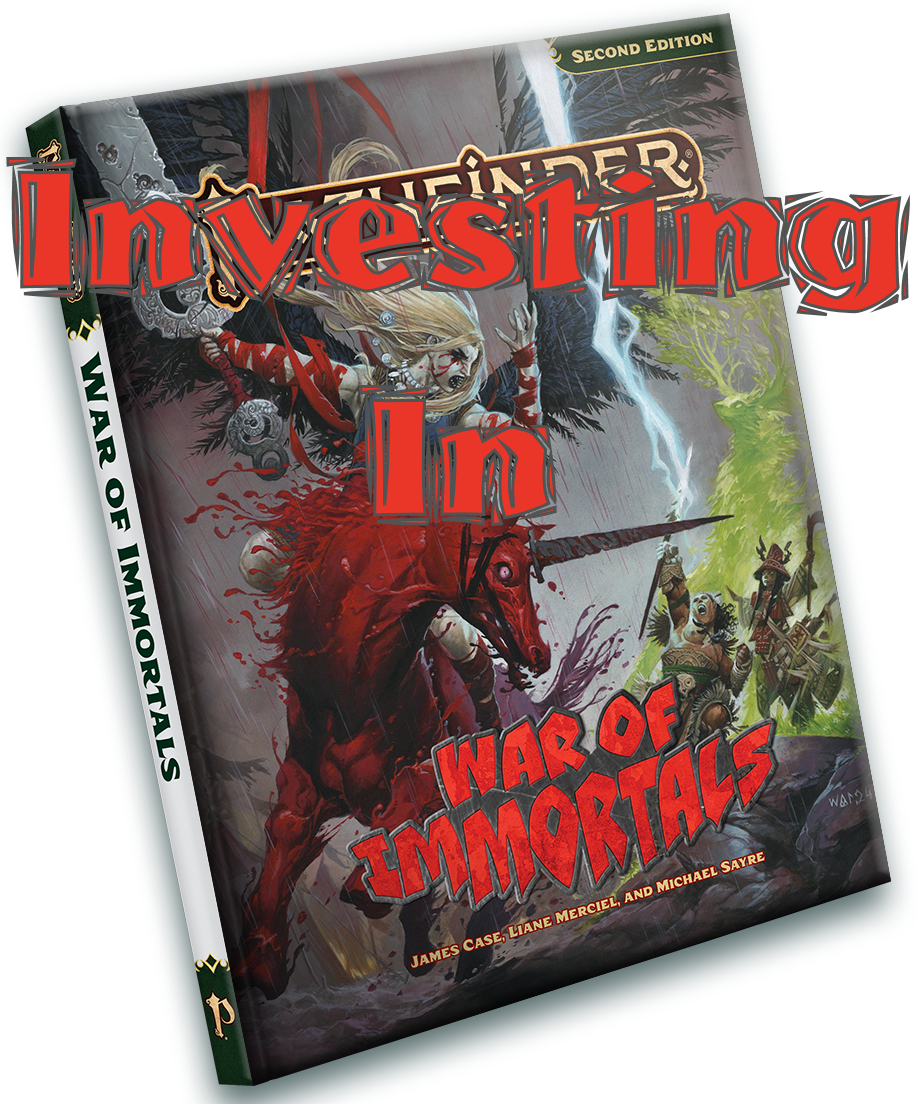The third release of the first Complete series, Complete Arcane promised new options to give characters of any class a hint of magic. If Complete Warrior taught non-fighters how to rock, Complete Arcane teaches non-Wizards about jazz.
Like it’s two predecessors Warrior and Devine, Complete Arcane introduces three new base classes, an overflowing Bag of Holding Type II worth of prestige classes, and a slew of options, some new, some updates from older editions.
At a Glance
Another Complete cover with a character’s profile. An old wizard, with a face as wrinkly as his leather cloak, holds up a glowing sphere containing an eye, while he and his familiar’s unpupiled eyes glow yellow. There are a couple of nice details here, like the surging sigil behind him and the mismatched lenses of his glasses. But a lot of the picture confuses me more than anything. Why does the cat look like it’s buck teeth could double as the wizard’s toothbrush? And what exactly is that thing on his head and sticking out the back? Such is magic, I suppose.
There are some very dynamic pictures inside to make up for the mediocre cover. Morthos, the sample warlock, is such a perfect representation of the class that he has popped up in several books since. Looking dark and foreboding without looking strictly evil, this figure possesses a power that is a brand new manifestation of the arcane. The Alienist and Blood Magus prestige classes tie for Most Bizarre award, with the Blood Magus being the cooler of the two. The Alienist is just… damn! One of my favourite pictures from the book is the Halfling mindbender on page 54, commanding his ogre slave to charge.
Highlights
Warlocks
Who hasn’t heard the term warlock? Inside and outside of fantasy fiction, people recognize the word to mean a magician with a malevolent bend. The perfect candidate for a new base class. Even with the curse-dishing Hexblade introduced in Complete Warrior, there was still plenty of new ground to cover. Think of the Warlock as an arcane caster with just one spell but unlimited uses for it and tones of metamagic abilities to tweak what that spell can do. Throw in a couple of supernatural abilities and you have a very effective class.
There was a lot of controversy online about Warlocks when they first debuted. Many argued that they were unbalanced, but some argued they were too strong whereas others that they were weak to the point of useless. I think they’re a fine class, but I will admit one flaw: The class improves tenfold if it takes one level of Fighter. This opens up access to a huge range of weapon proficiencies to compensate for monsters with high spell resistance, and a bonus feat that should be used on Precise Shot. The BAB, Fort, and HP nudge don’t hurt either.
New Metamagic
The metamagic feats presented in the Player’s Handbook are simple and useful, but so straight-forward to the point of being dull. Complete Arcane makes metamagic feats exotic, gives them more kick, or offers sorcerers alternatives to having to full round casting times.
Rule Clarrifications
You can critical with a spell, so long as it’s a weapon-like spell. This was implied in the Player’s Handbook but first officially clarified in Complete Arcane. Many spells are even eligible for feats that may not be obvious, like Improved Unarmed Strike.
Low Points
Weak Updates
The Wu Jen is an elementalist, Complete Arcane’s eastern-inspired base class. They choose an element and must avoid taboos or risk losing their power. The class racial description says they are mostly humans but can be any race of the eastern lands, and their background explains that they are the magical beings from mostly non-magical worlds. Beyond being unclear and seemingly campaign specific (are Wu Jen not allowed in campaigns set in magical worlds, for example), this bothers me a great deal because it goes against the unlimited flexibility that makes D&D a game I am passionate about. If I want to make a half-orc wu jen, I will do so regardless of the fact that orcs are not prominent creatures in eastern literature. This is all a tangent, mind you, because the real reason I’ve labeled the Wu Jen low point is because it bears very little resemblance to the second edition class of the same name. The old Wu Jen class was a caster that spent hit points to cast spells. This new class bears no resemblance to the completely original idea that really caught my attention. I may actually enjoy the class if it wasn’t an update that loses the original’s flavour.
The Wild Mage is a similar example. In second edition, an encounter with a Wild Mage was like an injection of pure chaos into the game. The new Wild Mage simply makes the duration and exact power of the spells he cast variable, a much more controlled version of a prestige class best known for being out of control.
Lack of Broad Prestige Classes
There are a lot of prestige classes in Complete Arcane, and a lot of them are good fun, but few of them follow the natural progression of what the game needed. Mindbender and Elemental Savant do, prestige classes for wizards that specialize in manipulating people or in a specific element, respectively. Otherwise, a character would have to be crafted specifically to qualify for the majority of the prestige classes in this sourcebook. Worse, there are no prestige classes that support the new options introduced in this book. Not the worst flaw, but worth noting.
Disorganized
I had a similar complaint about Complete Warrior. Complete Arcane dives into rules and options so quickly that by the time the reader reaches Chapter Seven: Arcane Campaigns, the background and flavour chapter of the book, it feels tacked on to bolster the page count. On a similar note, the rules for Warlocks are spread out throughout the book to the point of being discouraging. A Warlock player really needs three bookmarks to jump to each portion of what amounts to the full class.
Juicy Bits
I’m a big fan of any ability that allows a character to knock an opponent back, like Awesome Blow. The Explosive Spell metamagic feat dumps a hole bucket of new options into a spellcaster’s lap. Nothing clears a bridge of those pesky guards faster than an explosive cone of cold.
The often overlooked Precocious Apprentice feat gives a first level caster a second level spell and a bonus to Spellcraft checks. It can change the complexion of a low level sorcerer or wizard and provides an instant background. Especially if the character chooses Melf’s Acid Arrow or Leomund’s Trap. Could the young caster have been apprenticed by a wizard so famous the spell was named after him? Hm… now I want to play a first level caster.
Finally, Elemental Monoliths are new monsters that make for a powerful ally to summon or opponent to challenge at epic levels.
Personal Experience
Although I’ve NPCed Warlocks as a villain’s artillery, I did not fully appreciate the class until a player from my group made one. Now I see just how much the class can do, I’m very impressed.
I’ve seen the Elemental Savant and Mindbender in action, as well as most of the Metamagic feats and some of the new spells. Mindbender didn’t work so well because we went up against undead and dragons, monsters either immune to mind control or very resistant. But the Elemental Savant was pretty cool, especially when they gain an energy subtype.
Overall
Complete Arcane borrows a lot of its material from the Miniatures Handbook, so much so that it renders that sourcebook useless aside for a few base and prestige classes. Ironically, the Spell Compendium and Magic Item Compendium have reprinted and updated huge chunks of the material found in this book, making it nearly obsolete except for a couple of base classes and plenty of prestige classes. There is still plenty of solid material in here, but this book started as a highlight of the series and now has lost its luster.
It does not deliver on its promise to offer magical options for all classes, but does shine as the sourcebook for arcane casters. And even then, it D&D’s red headed step child, the Bard, pretty high and dry. So if you’re a big fan of sorcerers and wizards, or if you’re curious about Warlocks, this would be a good buy. Otherwise, it’s a step above okay.
If You Liked This Book…
Check out Complete Mage, a very good follow-up that is strong where Complete Arcane is weak. It has new Warlock options, and prestige classes that aren’t so specific.
The Spell Compendium and Magic Item Compendiums are no brainers for anyone that enjoys the magic side of the game.
Of all the other books in the first Complete series, Complete Adventurer has the most versatility in its options. There are some great feats and prestige classes for multiclassing casters.




Leave a Reply